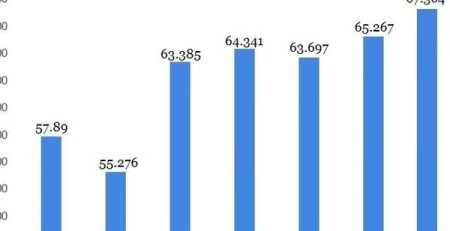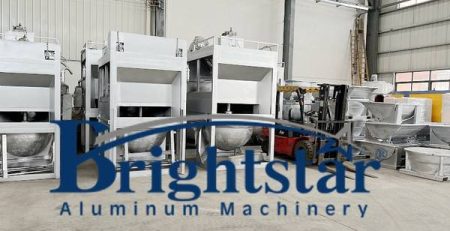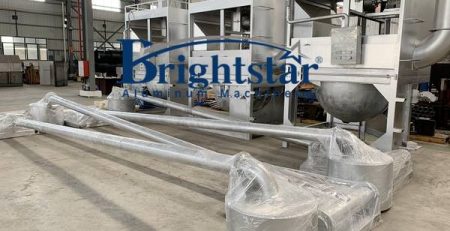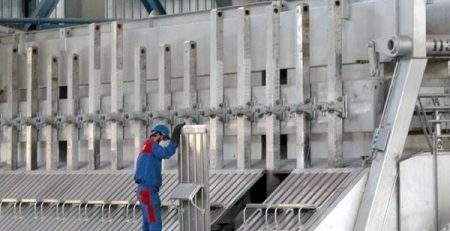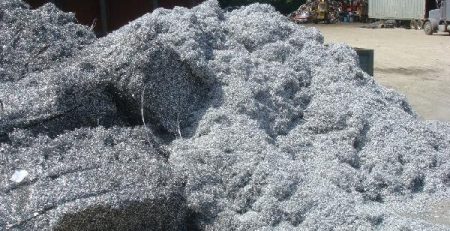ಕೇಬಲ್ ಗ್ರ್ಯಾನ್ಯುಲೇಟರ್ನೊಂದಿಗೆ ಕೇಬಲ್ಗಳಿಂದ ತಾಮ್ರವನ್ನು ಹೇಗೆ ಹೊರತೆಗೆಯುವುದು
ಕೇಬಲ್ ಗ್ರ್ಯಾನ್ಯುಲೇಟರ್ನೊಂದಿಗೆ ಕೇಬಲ್ಗಳಿಂದ ತಾಮ್ರವನ್ನು ಹೇಗೆ ಹೊರತೆಗೆಯುವುದು?
ಕೇಬಲ್ ಗ್ರ್ಯಾನ್ಯುಲೇಟರ್ನೊಂದಿಗೆ ಕೇಬಲ್ಗಳಿಂದ ತಾಮ್ರವನ್ನು ಹೇಗೆ ಹೊರತೆಗೆಯುವುದು?
Extracting copper from cables using a ಕೇಬಲ್ ಗ್ರ್ಯಾನ್ಯುಲೇಟರ್ involves several key steps that collectively shred the cables, ವಸ್ತುಗಳನ್ನು ಹರಳುಗೊಳಿಸು, ತದನಂತರ ಪ್ಲಾಸ್ಟಿಕ್ ನಿರೋಧನದಿಂದ ತಾಮ್ರವನ್ನು ಪ್ರತ್ಯೇಕಿಸಿ.
Here’s a detailed breakdown of the process:
Step-by-Step Process of Extracting Copper Using a Cable Granulator
Feeding the Cables
Scrap cables and wires are fed into the machine.
This can be done manually or through an automated feeding system.
The cables can vary in size and type, including household wires, industrial cables, and automotive wiring.
Primary Shredding
The cables first pass through a primary shredder, which cuts them into smaller, more manageable pieces.
This initial shredding helps to prepare the material for more precise granulation.
Granulation
The shredded cables are then fed into a granulator, which further reduces the size of the material into fine granules.
The granulator uses rotating blades to chop the cables into small particles, usually a few millimeters in size.
This process ensures that the copper and plastic insulation are adequately broken down.
Separation Process
After granulation, the mixture of copper granules and plastic insulation is processed through various separation systems to isolate the copper:
Air Separation: An air separator uses airflow to separate lighter plastic particles from heavier copper particles. As the mixed granules fall through a stream of air, the lighter plastic is blown away while the heavier copper falls to a different collection area.
Vibration Separation: A vibrating table or screen is used to separate materials based on density and particle size. The vibration helps the heavier copper particles settle, while lighter plastic particles are carried away.
Electrostatic Separation: An electrostatic separator charges the particles and uses an electric field to separate metals from non-metals based on their conductive properties. ತಾಮ್ರ, being a good conductor, is separated from the non-conductive plastic insulation.
Dust Collection
Throughout the shredding and granulation process, dust collection systems are used to capture and contain any dust generated, ensuring a clean working environment and reducing airborne contaminants.
Collection of Separated Materials
The separated copper granules and plastic fragments are collected in different bins or conveyors.
The copper can be further processed or sold, while the plastic can be recycled or disposed of according to local regulations.
Detailed Workflow Diagram
1. Input: Scrap cables and wires are fed into the machine.
2. Primary Shredding: Cables are cut into smaller pieces.
3. Granulation: Shredded pieces are reduced to fine granules.
4. Separation:
Air Separation: Lighter plastic is separated from heavier copper.
Vibration Separation: Copper and plastic are separated based on density and size.
Electrostatic Separation: Copper is separated from plastic based on conductivity.
5. Dust Collection: Dust is captured and contained.
6. Output: Separated copper granules and plastic fragments are collected.
Key Points in the Extraction Process
ದಕ್ಷತೆ: The combination of shredding, granulation, and multiple separation techniques ensures efficient recovery of high-purity copper.
Automation: Modern cable granulators are automated, reducing the need for manual labor and increasing processing speed.
ಶುದ್ಧತೆ: Advanced separation methods result in high-purity copper granules, which can be directly reused in various industries.
Benefits of Using a Cable Granulator for Copper Extraction
Economic Advantage: Recovered copper can be sold, providing a significant revenue stream.
Environmental Impact: Recycling copper reduces electronic waste and the need for new copper extraction, conserving natural resources.
ಕಾರ್ಯಾಚರಣೆಯ ದಕ್ಷತೆ: Automated and efficient processing increases productivity and reduces labor costs.
ಸುರಕ್ಷತೆ: Built-in safety features and dust collection systems ensure a safer working environment.
By following these steps, a cable granulator efficiently extracts copper from scrap cables, providing both economic and environmental benefits while promoting sustainable recycling practices.




